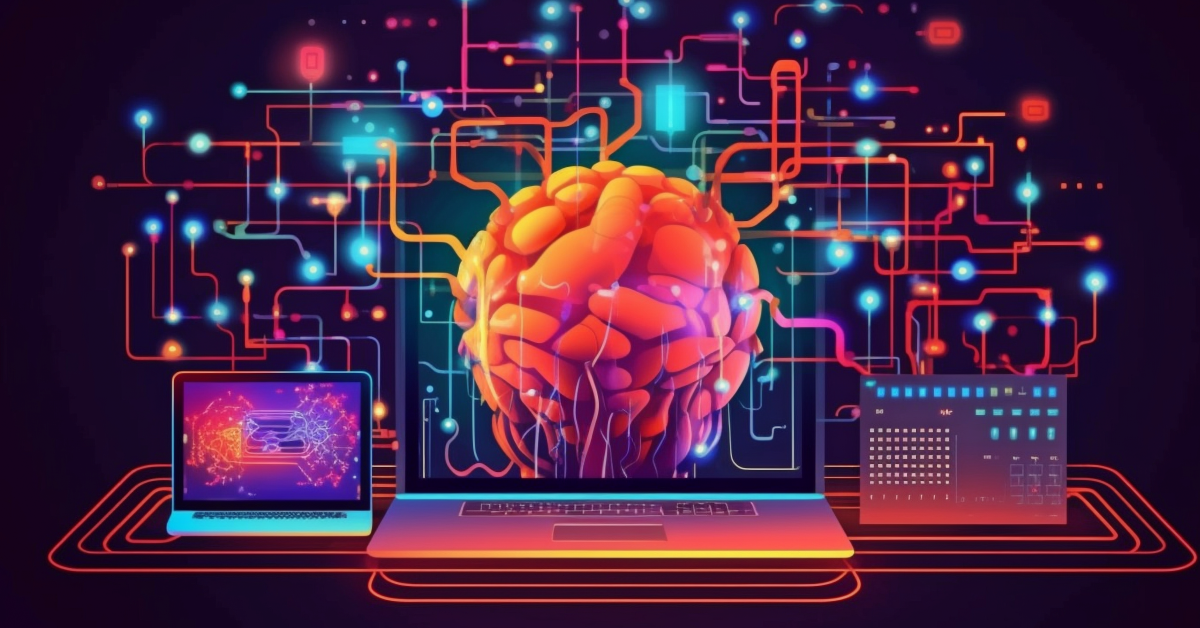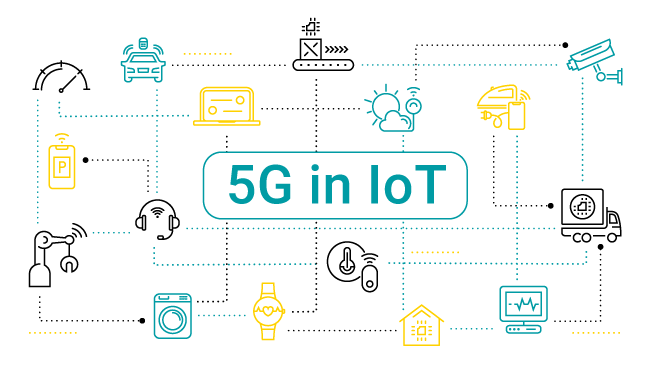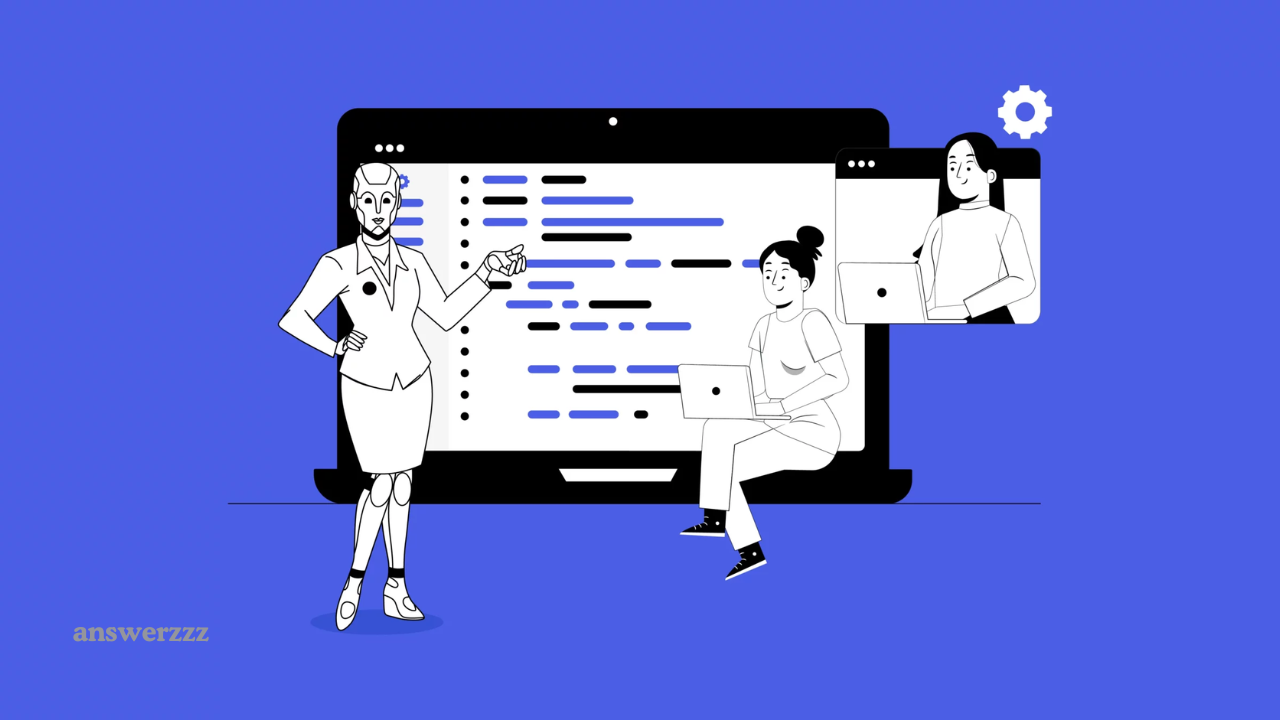The landscape of education is evolving rapidly, with new technologies continuously reshaping how we teach, learn, and engage with knowledge. In 2026, we will see an even more profound transformation, driven by the rise of cutting-edge technologies. From Artificial Intelligence (AI) to Virtual Reality (VR), these innovations are not just enhancing traditional educational methods but also opening up new possibilities for personalized learning, immersive experiences, and global access to quality education.
In this article, we will explore the top five emerging technologies that are set to transform education by 2026, revolutionizing how students learn, teachers teach, and institutions operate.
1. Artificial Intelligence (AI) and Machine Learning

Artificial Intelligence (AI) and machine learning have already begun making waves in education, and by 2026, their impact will be even more profound. These technologies have the potential to revolutionize personalized learning, automation, and administrative functions in education systems across the globe.
AI-Powered Personalized Learning
One of the most significant advancements AI will bring to education is personalized learning at an unprecedented level. AI systems can analyze students’ learning styles, strengths, weaknesses, and progress to create customized learning paths. These systems can deliver real-time feedback, adjust content based on individual needs, and even recommend specific resources that can help a student understand a concept better. AI-powered platforms can help tailor education to each student’s unique learning pace, ensuring that no student falls behind and that the curriculum is always aligned with their needs.
Intelligent Tutoring Systems
AI-driven tutoring systems will also become more prevalent in classrooms by 2026. These intelligent tutors can provide one-on-one guidance to students in subjects like math, science, and even languages. The ability of AI to simulate human interaction through natural language processing and adaptive learning algorithms will make these systems highly effective in reinforcing concepts outside the classroom.
Automating Administrative Tasks
AI can significantly reduce the administrative burden on educators. Routine tasks such as grading, attendance, and scheduling can be automated using AI tools, freeing up more time for teachers to focus on student engagement and lesson planning. AI can even help monitor students’ emotional well-being, helping educators address mental health issues before they become serious problems.
2. Virtual Reality (VR) and Augmented Reality (AR)
Space Exploration Technologies to Watch: The New Frontier of 2026
Virtual Reality (VR) and Augmented Reality (AR) are two technologies that are set to reshape the way students interact with educational content. By 2026, these immersive technologies will become more widely adopted, offering unique experiences that will make learning both more engaging and effective.
Immersive Learning Experiences
VR and AR will provide students with immersive learning experiences that were once unimaginable. In fields like history, science, and medicine, students will be able to explore virtual environments, conduct experiments, or even walk through ancient civilizations. Instead of reading about a concept in a textbook, students will experience it firsthand. For example, VR simulations of historical events or scientific phenomena will allow students to interact with content in ways that enhance understanding and retention.
In medicine, for instance, VR can be used to simulate surgeries, allowing medical students to practice in a risk-free virtual environment. Similarly, AR can overlay important information in real-time on the physical world, enabling engineering students to examine complex 3D models or geographical information systems (GIS) data.
Enhancing Collaborative Learning
The power of VR and AR also lies in their ability to foster collaborative learning. Virtual classrooms can be created where students from different parts of the world can come together and engage in interactive lessons and discussions. In VR environments, students can collaborate on projects, explore concepts together, and even engage in debates. This enhanced level of engagement will make learning more dynamic and engaging, helping to develop critical thinking and teamwork skills.
Special Education Applications
AR and VR are especially beneficial for students with special needs. For instance, VR can be used for social skills training in autism, where students can interact with virtual peers in a safe environment. Similarly, AR can help visually impaired students by providing them with virtual descriptions of their surroundings, thus fostering inclusivity in education.
3. 5G Connectivity and the Internet of Things (IoT)

The rollout of 5G networks and the expansion of the Internet of Things (IoT) will play a crucial role in transforming education over the next few years. The combination of these technologies will enable real-time communication, cloud-based collaboration, and a range of devices interconnected for smarter classrooms.
Ultra-Fast and Seamless Connectivity
5G networks, with their lightning-fast speeds and low latency, will enable real-time streaming of high-quality content. Students will be able to participate in live lectures, virtual field trips, and online labs without disruptions. The high bandwidth of 5G will allow for the smooth delivery of VR and AR content, making these immersive technologies more accessible in education.
5G will also enable more robust telecommunication systems, facilitating better communication between teachers, students, and parents. Remote learning will no longer be hindered by slow internet speeds, which will significantly improve the accessibility of education, particularly in rural and underserved areas.
Smart Classrooms and IoT Integration
By 2026, IoT will enable classrooms to become smarter. IoT devices such as smart whiteboards, sensors, and wearables will be integrated into the learning environment to enhance the student experience. For example, smartboards can provide real-time feedback to both students and teachers, adjusting content based on the students’ responses. Additionally, IoT-powered sensors will monitor students’ engagement and behaviour in the classroom, alerting teachers when a student is struggling or losing interest.
Wearable devices, such as smartwatches, can help track students’ physical and mental health, ensuring that they are comfortable and engaged. The seamless integration of these devices will create a more holistic and responsive learning environment.
4. Blockchain for Education
Blockchain technology is often associated with cryptocurrency, but its potential to transform education goes far beyond digital currencies. By 2026, blockchain will play an increasingly important role in improving transparency, security, and efficiency within the education sector.
Metaverse 2.0: New Features and Trends Shaping Virtual Experiences in 2026
Digital Credentials and Certificates
One of the most impactful uses of blockchain in education will be the secure management and verification of digital credentials. As the education system increasingly adopts online learning and alternative certification programs, blockchain can provide an immutable, verifiable record of educational achievements. By using blockchain, students can share their academic credentials and certifications with employers or educational institutions without the risk of fraud or errors.
Blockchain can also enable lifelong learning records, allowing individuals to update their qualifications and achievements as they acquire new skills or complete online courses. This will be particularly beneficial for students who participate in non-traditional learning environments, such as MOOCs (Massive Open Online Courses).
Smart Contracts for Education
Blockchain can also be used to streamline administrative processes through the use of smart contracts. Smart contracts are self-executing contracts with the terms of the agreement directly written into code. In education, smart contracts can automate processes like tuition payments, course registrations, and student loan agreements. This will reduce the administrative workload and eliminate the need for intermediaries, making education systems more efficient.
Securing Data and Privacy
With increasing concerns over data privacy and security, blockchain offers an efficient way to secure student data. Blockchain can ensure that student’s personal information, grades, and academic records are stored safely, preventing data breaches and unauthorized access.
5. EdTech Platforms with AI-Driven Content Creation
In recent years, educational technology (EdTech) platforms have gained significant traction, and by 2026, they will continue to evolve with AI-powered content creation. These platforms are increasingly integrated with advanced tools that enable educators to create dynamic, interactive, and adaptive learning materials.
AI-Generated Learning Materials
AI will allow educators to generate personalized learning content tailored to students’ individual needs. For example, AI tools can automatically adjust reading materials to match the student’s comprehension level or generate practice problems based on areas where the student needs improvement. These systems will empower teachers to create custom-tailored lessons, helping each student achieve their full potential.
Adaptive Learning Platforms
AI-powered adaptive learning platforms are already being used to provide personalized instruction. These platforms track students’ performance in real-time and adapt the lessons to the student’s progress. By 2026, these platforms will become even more sophisticated, with the ability to anticipate students’ needs, identify learning gaps, and suggest personalized content and activities to fill those gaps. Adaptive learning will also help identify students at risk of falling behind and provide them with additional resources and support.
Gamification and Interactive Learning
AI-driven EdTech platforms will also incorporate gamification elements, where students earn rewards and recognition for their achievements. This will make learning more engaging and motivating, encouraging students to take ownership of their educational journey.
By 2026, these emerging technologies will redefine education in ways we can only begin to imagine. From AI-driven personalized learning and immersive VR/AR experiences to 5G-powered connectivity and blockchain-enabled credentialing systems, the possibilities are endless. As these innovations continue to evolve, they will help bridge the gap between traditional and modern education, making learning more accessible, engaging, and tailored to individual needs. The future of education will be dynamic, interactive, and more inclusive than ever before, thanks to the transformative power of technology.




